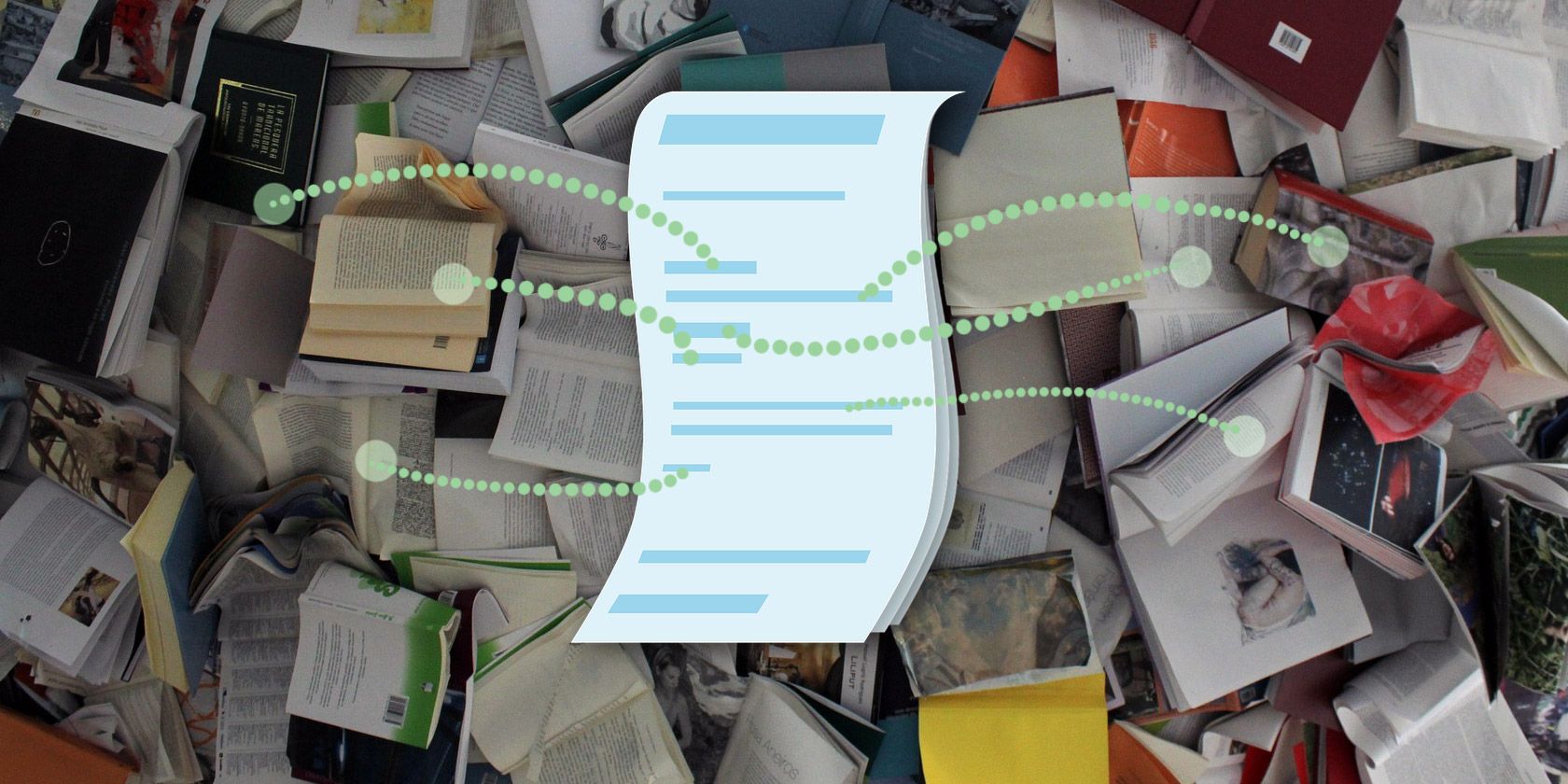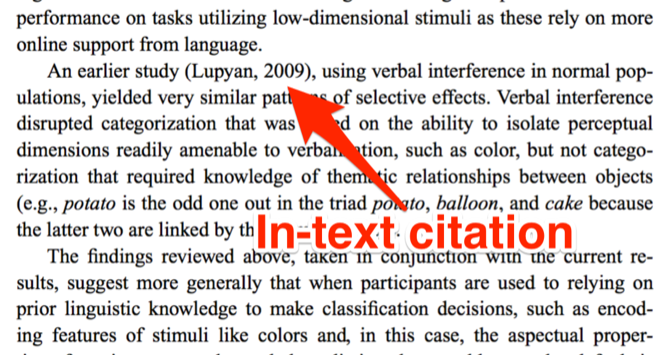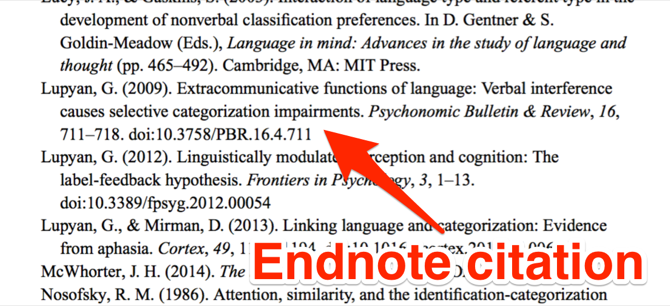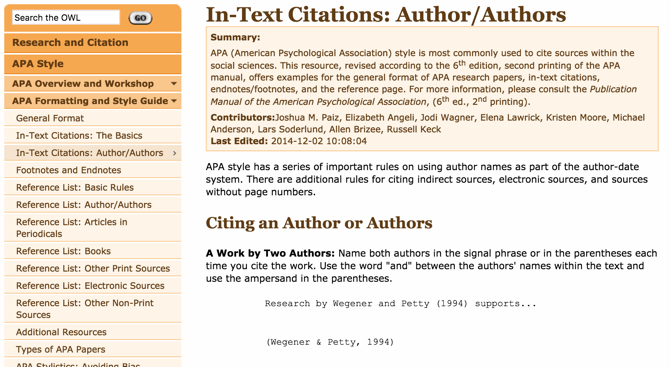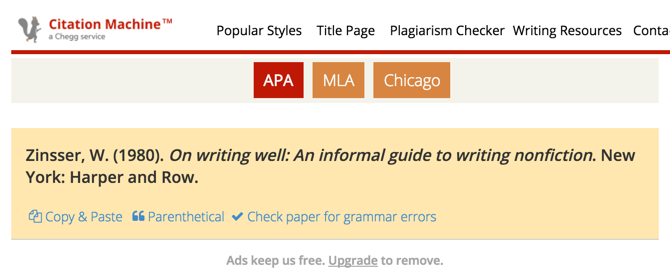"Be sure to cite your sources." It's a phrase reminiscent of high school and college. And it usually earned a collective groan from the class. Citations are a pain. They're esoteric, take a long time, and always seem to be in the wrong format.
And just because you've graduated doesn't mean you're done with them. Professional documents need citations, too. Conference presentations, white papers, reports, and nearly anything that required research needs citations. It's unpleasant, but you have to do it.
To help you out, here's what you need to know about citations, from what they are, to when you need them, to the basics on how to create them.
What Are Citations?
A citation is simply an admission that you got a piece of information from somewhere. You didn't come up with it yourself through original research or reflection -- you likely read it in a book or online. A citation shows your reader that you read the information somewhere else, and tells them where they can find it.
That allows them to verify what you're saying or look it up for their own research. What they want it for really doesn't matter -- you have to do it anyway.
Citations generally consist of two parts: an in-text citation and an endnote. The in-text portion of the citation is a shortened version of the full citation -- it lets your reader look up the full citation at the end of your document. It often consists just of the author and year of your source.
The format of both parts differs based on the type of citations you're doing. Modern Language Association (MLA) citations differ from American Psychological Association (APA) standards, for example. The most popular citation styles are APA, MLA, and Chicago. Other styles include American Medical Association (AM), Harvard, Turabian (a variation on Chicago), and a whole raft of discipline-specific others.
In general, MLA is used for literature- and humanities-related works, APA is used for psychology and social sciences, and Chicago is used for business, history, and sciences. Keep in mind that this is very generalized, and make sure you're using the correct format for your particular project.
When Do You Need to Use Citations?
This is always a question on writers' minds. Fortunately, there's a simple answer -- though it's one you may not like. You need to cite any information that's not original or common knowledge. Determining what counts as common knowledge isn't always easy, but MIT's guidelines should help. They define common knowledge as follows:
- Information that most people know, such as that water freezes at 32 degrees Fahrenheit or that Barack Obama was the first American of mixed race to be elected president.
- Information shared by a cultural or national group, such as the names of famous heroes or events in the nation's history that are remembered and celebrated.
- Knowledge shared by members of a certain field, such as the fact that the necessary condition for diffraction of radiation of wavelength from a crystalline solid is given by Bragg's law.
- However, what may be common knowledge in one culture, nation, academic discipline or peer group may not be common knowledge in another.
When in doubt, cite your source. In many cases, you're writing for people who aren't as knowledgeable in a particular field as you are, and they'll benefit from your citations. If there's a chance they won't take what you're writing for granted, you should be citing your information.
If you use a direct quote, you'll always need a citation. Information from an interview, email, or public broadcast, needs to be cited. Periscope video? Facebook Live? Tweet? Cite it. You might think this sounds crazy -- and sometimes it is -- but it's part of writerly integrity. Whether you're a student or a professional, you need to properly cite your information.
How to Create Citations
Once you've figured out which information you need to cite, you're ready to start making your citations. Going over the details of how to make every kind of citation would take a long time, so instead I'll point you to the best resources and tools for creating them.
First, you'll need to know exactly what information you'll need for your citation. In general, you need all the information you can find. If it's a book, you'll need the title, author, publisher, publication city and date, edition, and possibly the page numbers where you found your information. For an academic journal, the name of the article, author, publisher, publication date, and page numbers are required. A website citation usually needs the name of the site, the URL, the author's name, the date it was published, and the date you accessed it.
So where do you go to find out which information you need? The resource that I used the most during my graduate school years was Purdue's Online Writing Lab (OWL). Their Research and Citation section has a lot of great answers, along with specific requirements for APA, MLA, Chicago, and AMA citation styles.
Let's say I was going to write a paper in the APA style. I'd click on APA Style, then APA Formatting and Style Guide. From there, I can use the left sidebar to get information on both in-text and reference-list citations (you'll need both). Start with both sections called The Basics. From there, you can look for the specific type of resources you need to cite.
In my experience, this is the best way to learn how to cite sources. You can use tools that will automatically create them for you -- and I'll list a few in a second -- but it'll take you longer to learn them that way. And learning them is worth the time. Especially if you're getting a four-year degree or considering graduate school. It's a skill you'll need.
Citation Creation Tools
If, however, you want a tool that will make your citations automatically for you, that's an option. A citation manager will be your best bet if you think you're going to need to create a lot of citations, especially if you want to keep track of a huge number of sources (if you're in graduate school, for example).
EndNote is an industry standard when it comes to citation management. Thomson Reuters maintains it, and it provides absolutely everything you need. The problem with EndNote, as you might have imagined, is that it's very expensive. A standard edition is $250, and purchasing a student edition through your university will likely cost over $100. Check to see if your school has free or more affordable licenses to save some cash.
EndNote also has a Basic version that's cloud-based and free. That's likely going to be more feasible for most students and professionals. RefWorks and Mendeley are two other free options that will help you keep your references organized and easy to cite. All of these options will help you create citations in your preferred format and get them into your document.
If you'd rather not fumble your way through the basics of these services to figure out how they work, a librarian will be able to help. Not everyone has a librarian available, and if you need to look for tutorials on how to use a reference manager, there are plenty just a quick search away.
And if you want a very simple way to get a single citation at a time, check out Citation Machine:
Choose your preferred citation style, enter as much information as you can, and it'll give you your citation. It couldn't be easier. It's not going to help you keep track of a lot of references as well as a reference manager, but it'll save you a lot of time over manually creating your citations.
Your Best Citation Resources
OWL, EndNote Basic, and Citation Machine are great resources for solving citation-related problems. And you're going to have quite a few of those. But there are tons of other great resources out there, and we want to hear about them.
Where do you go when you need help with citations? Which formats do you tend to use? What tools have proven helpful in your writing? Share your thoughts and tips in the comments below!

